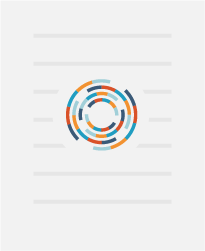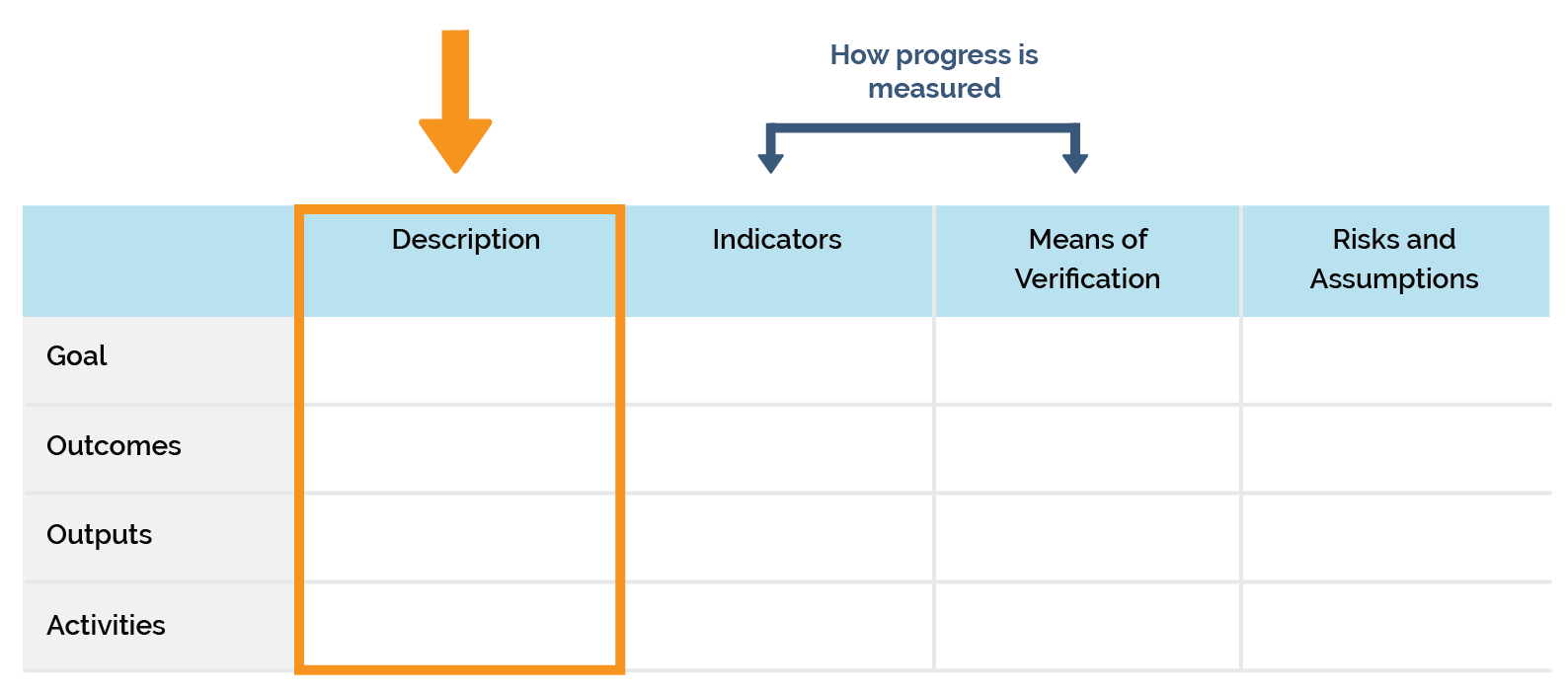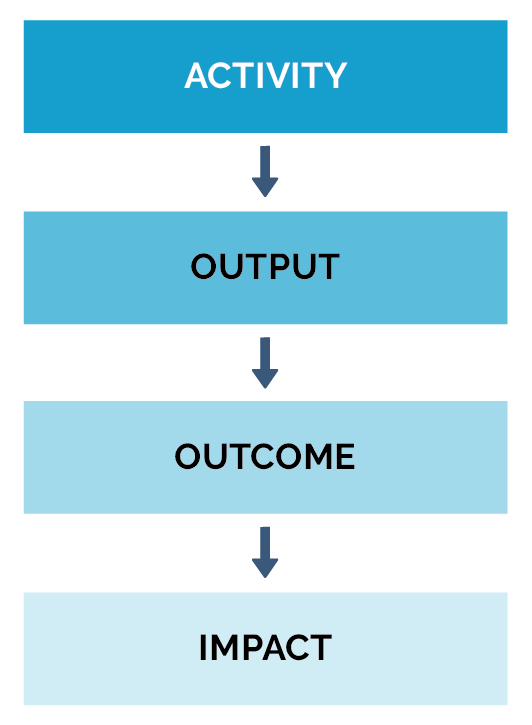A Logical Framework (LogFrame) is a planning tool that can help present your Theory of Change, goals, objectives, and activities covered in the Design Module. A LogFrame provides a roadmap for the project and helps ensure that project staff, donors, and partners and beneficiaries have the same understanding of the project’s goals and objectives. Both the LogFrame and the M&E plan should be flexible and regularly reviewed. By continuously revisiting these documents throughout the project cycle, you can ensure that they reflect changing goals and contexts.
A Logical Framework (LogFrame) matrix describes:
- The project’s activities
- The project’s short-term and long-term goals
- How progress towards goals will be measured
- Risks and assumptions that might prevent you from reaching your goals

How to use the LogFrame


You should read the project summary (description) column of LogFrames from bottom to top:
- Well-written summaries flow logically upward
- Each LogFrame level causes the one above it
- “If” and “then” statements
Activities are the actions or events that the project implements to achieve its goal.
- Example: provide life skills training to at-risk youth
Outputs are the tangible products or services that your project makes. They are often easy to count.
- Example: number of at-risk youth trained
Outcomes are the positive effects of your project. These can be long term, such as system- or societal-level results, or short term, such as immediate effects of the project on learning skills or changing behaviors.
- Example: participants demonstrate more positive attitudes and behaviors
Goal is the large positive change that you hope your project will create for the world.
- Example: reduced incidents of VE